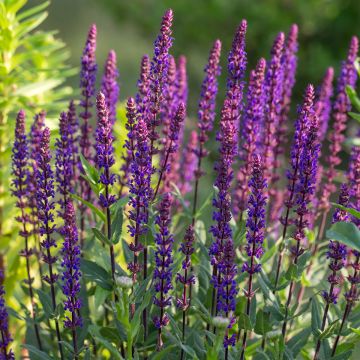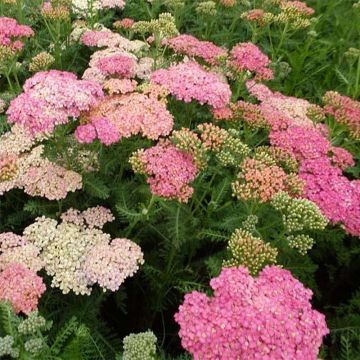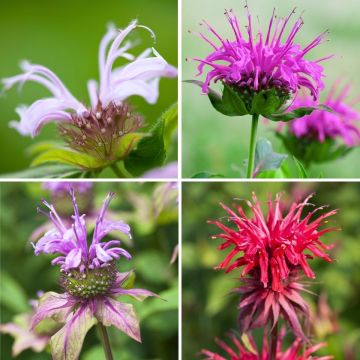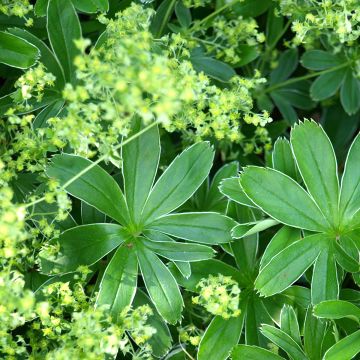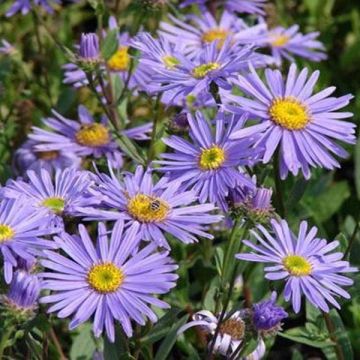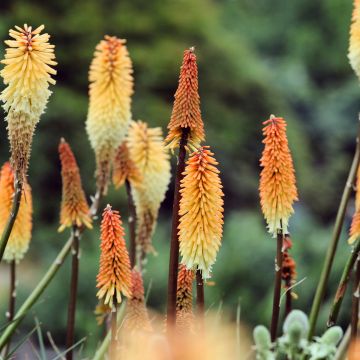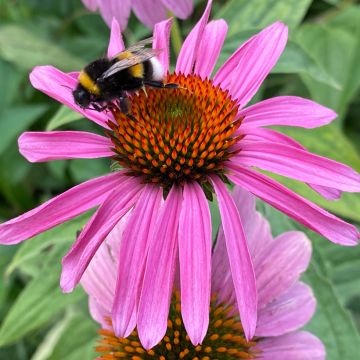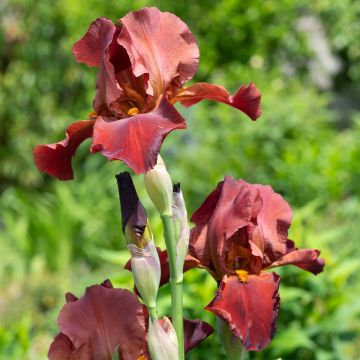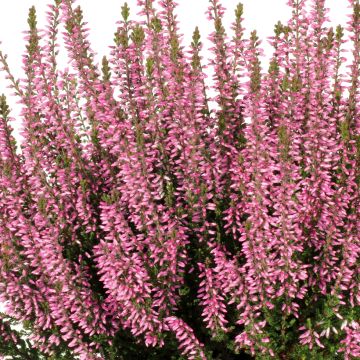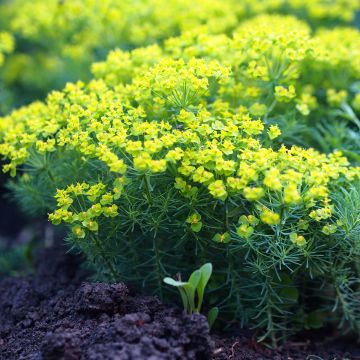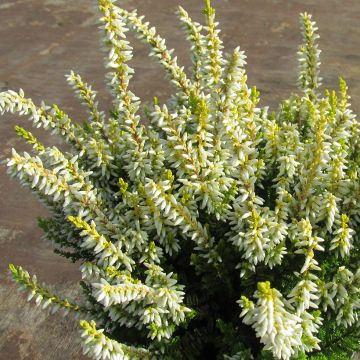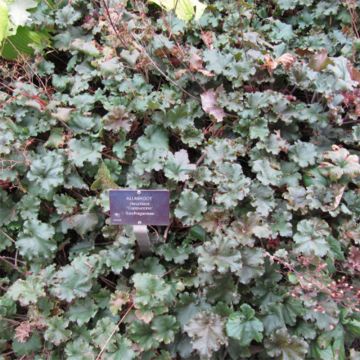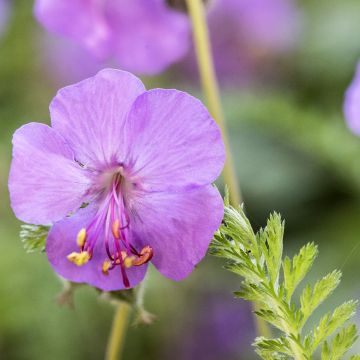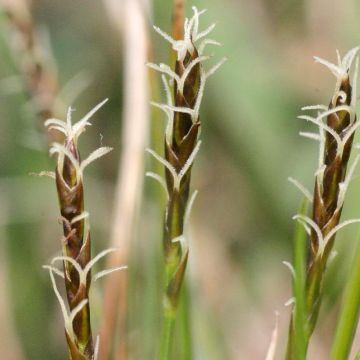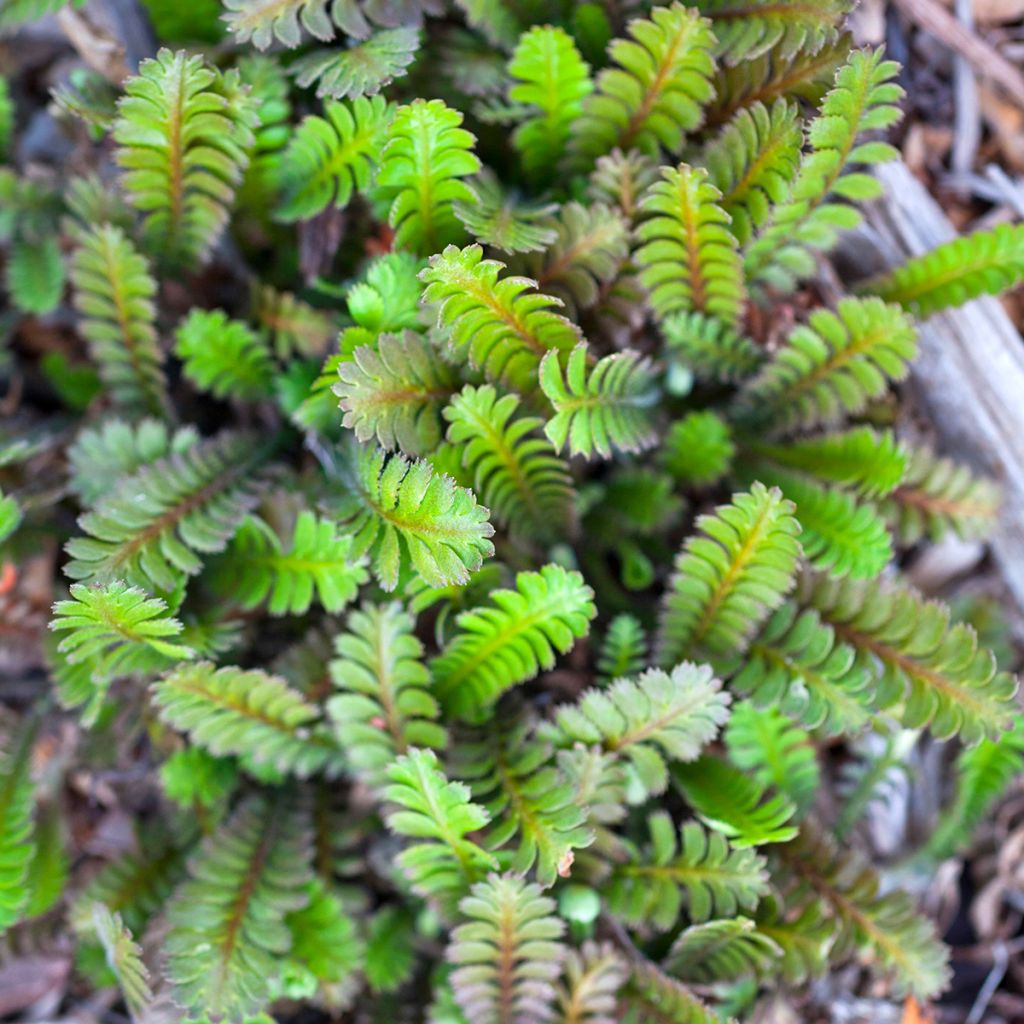

Bracteate Cotula - Leptinella squalida
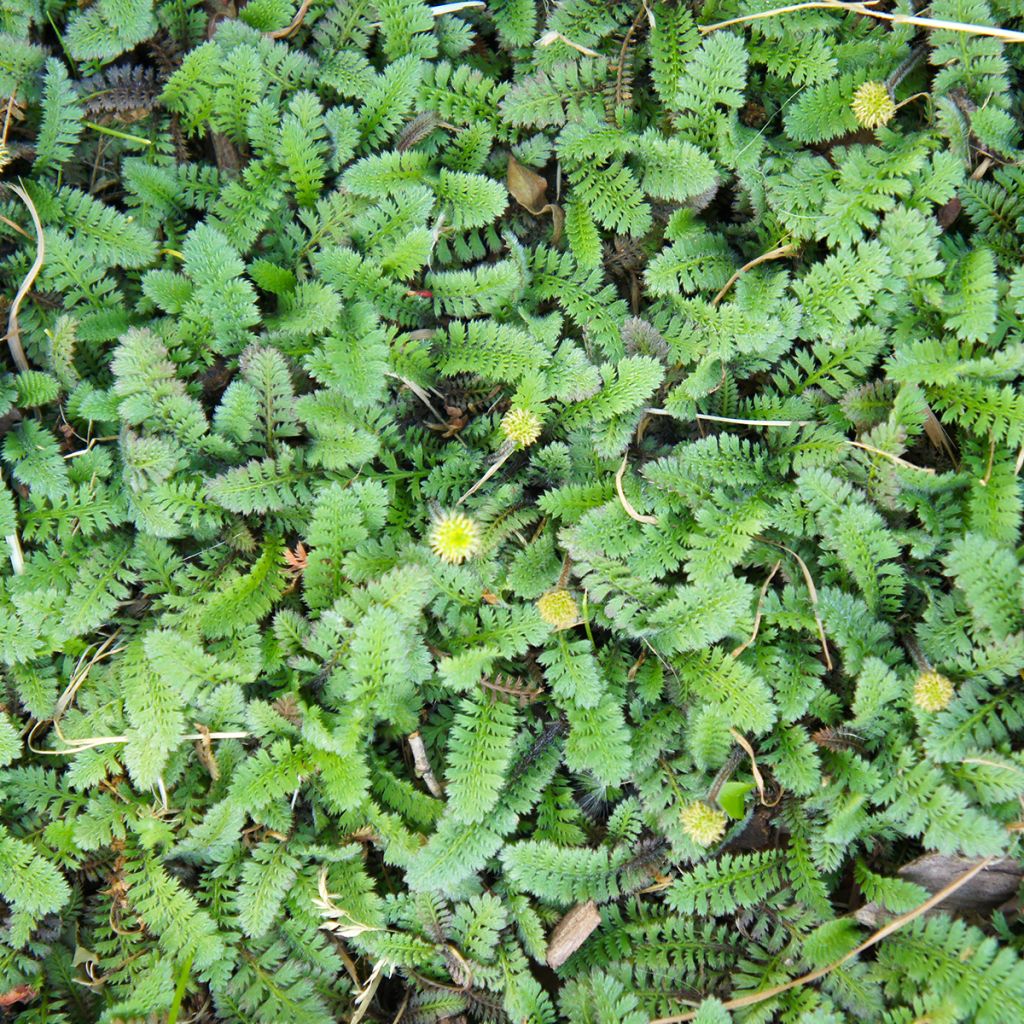

Bracteate Cotula - Leptinella squalida


Bracteate Cotula - Leptinella squalida


Bracteate Cotula - Leptinella squalida


Bracteate Cotula - Leptinella squalida
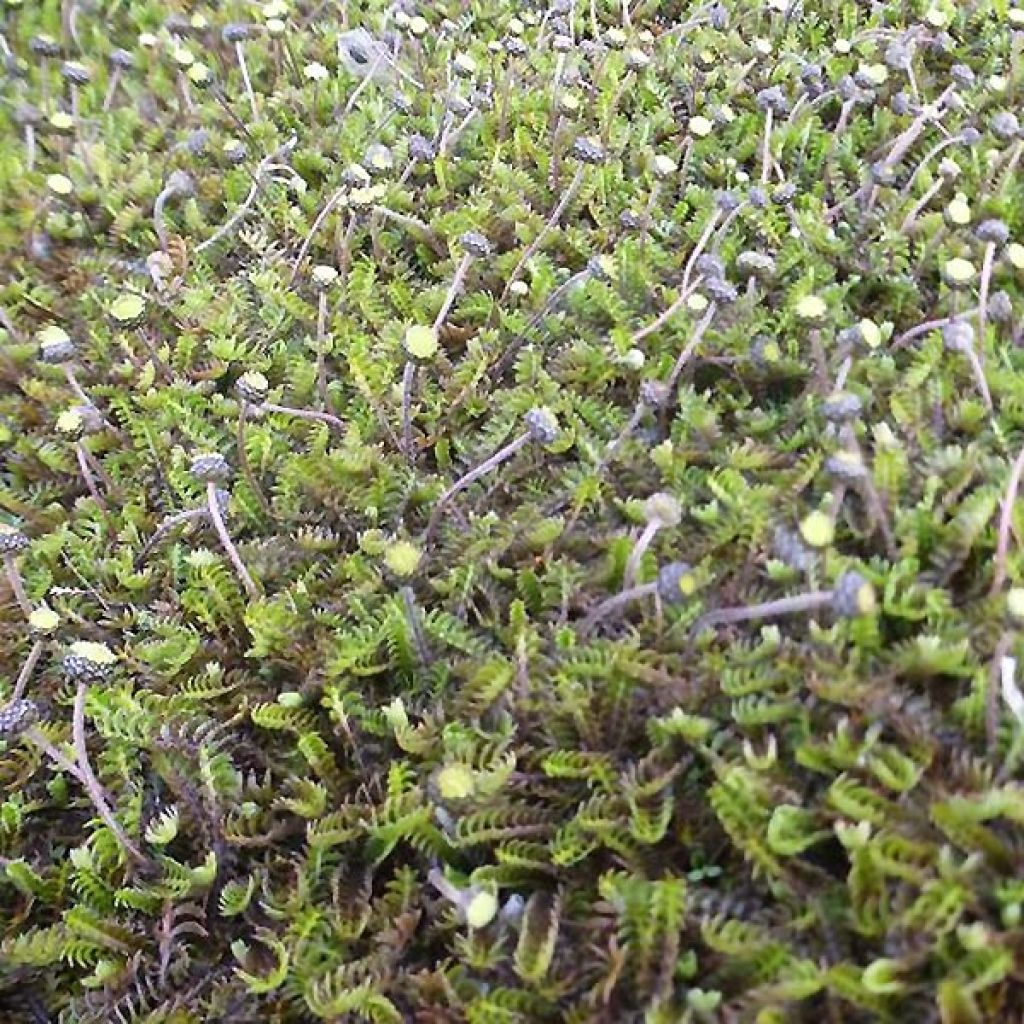

Bracteate Cotula - Leptinella squalida
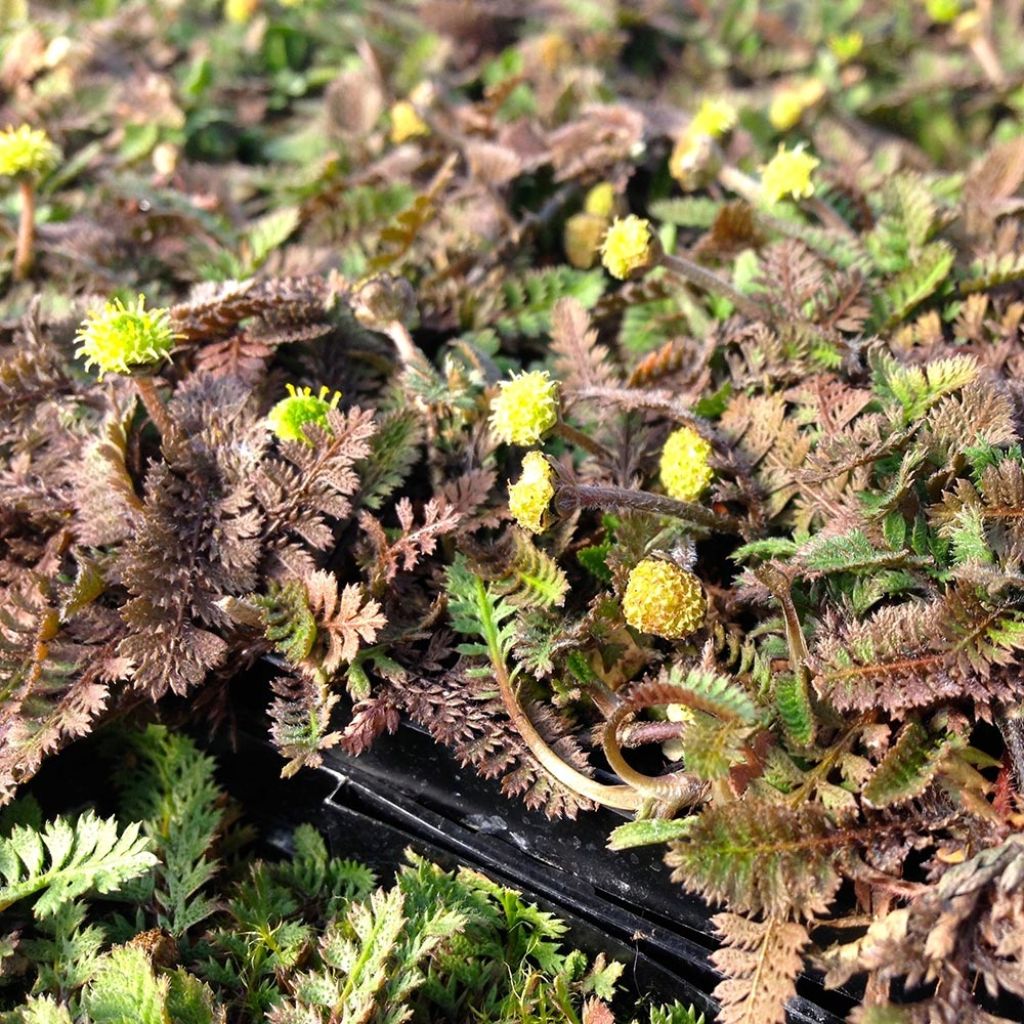

Bracteate Cotula - Leptinella squalida
Bracteate Cotula - Leptinella squalida
Leptinella squalida
Brass Buttons, New Zealand Brass Buttons
Special offer!
Receive a €20 voucher for any order over €90 (excluding delivery costs, credit notes, and plastic-free options)!
1- Add your favorite plants to your cart.
2- Once you have reached €90, confirm your order (you can even choose the delivery date!).
3- As soon as your order is shipped, you will receive an email containing your voucher code, valid for 3 months (90 days).
Your voucher is unique and can only be used once, for any order with a minimum value of €20, excluding delivery costs.
Can be combined with other current offers, non-divisible and non-refundable.
Home or relay delivery (depending on size and destination)
Schedule delivery date,
and select date in basket
This plant carries a 12 months recovery warranty
More information
We guarantee the quality of our plants for a full growing cycle, and will replace at our expense any plant that fails to recover under normal climatic and planting conditions.
Would this plant suit my garden?
Set up your Plantfit profile →
Description
Leptinella squalida, also known as Cotula squalida or Bracteate Cotula, is an easy-to-grow bush and the most commonly planted leptinella in gardens. This small perennial plant forms a lovely little bush, with a feathery appearance, composed of tiny fern-like leaves that turn bronze to violet in cold weather. It is an excellent ground cover for partially shaded rockeries or gaps in paving where it thrives. Its foliage generally remains evergreen in winter, and it grows well in well-drained soil that remains moist.
The Leptinella squalida belongs to the Asteraceae family. It is native to the plains and subalpine meadows of New Zealand. This plant quickly forms a low, dense, and feathery carpet. Its mature size will not exceed 5 cm (2in) in height, 15 cm (6in) in flower, with a spread of 30 cm (12in) or more. The foliage, which remains evergreen during our not overly cold winters, consists of 4 cm (2in) long, deeply pinnate and divided leaves, resembling those of yarrow. They are arranged in basal rosettes and change colour in response to cold weather, evolving from light green to dark green in summer, and taking on bronze or violet hues in autumn and winter. The rather inconspicuous flowering occurs in June-July, in the form of small rounded heads, about 5-6mm (1in) in diameter, with a yellowish-green colour. It is followed by decorative fruits resembling small brown pellets. The plant constantly spreads through suckers created by its running stems.
Cotulas are fairly hardy alpine plants, with this Leptinella squalida tolerating temperatures as low as -15°C, and they are tolerant of footfall, provided it is not intense. Similar to Roman Chamomile, Cotula squalida can be used as a substitute for grass on small areas. In the garden, you can pair it with other easy-to-grow small plants, such as Creeping Bugleweed (Ajuga reptans Atropurpurea) and Japanese Painted Fern (Athyrium Niponicum Pictum) for a fascinating effect. Azorella trifurcata is in the same vein but more drought-resistant. Fascinating Raoulia australis also thrives under similar conditions in nature but requires freshness and is even more demanding when it comes to winter humidity. This cotula can be easily planted at the base of bushes or in large pots that are regularly watered, where it will thrive.
Report an error about the product description
Bracteate Cotula - Leptinella squalida in pictures
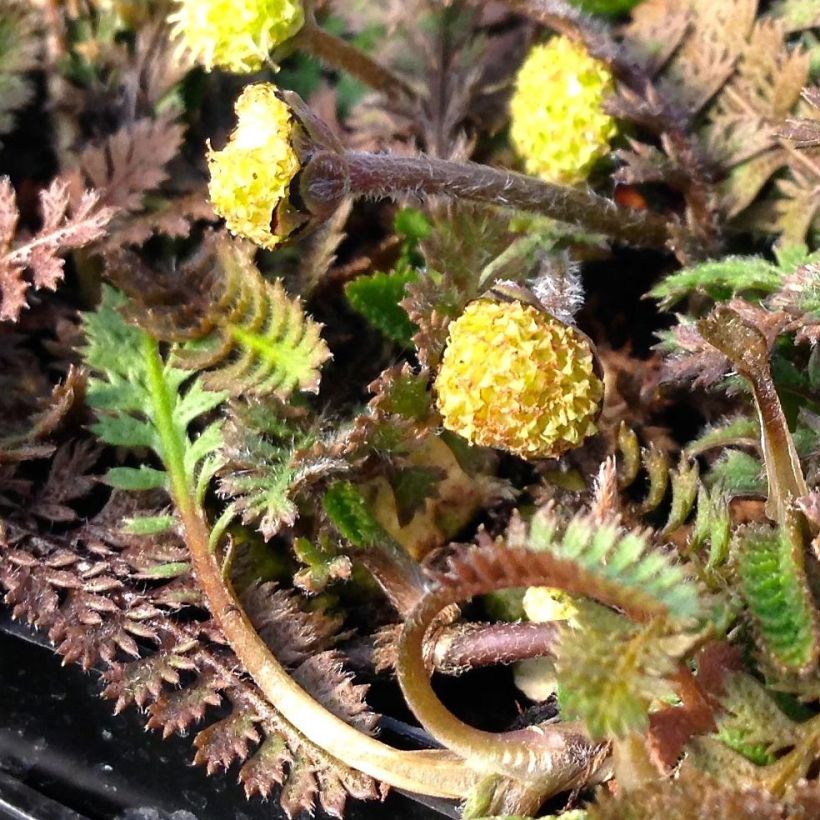

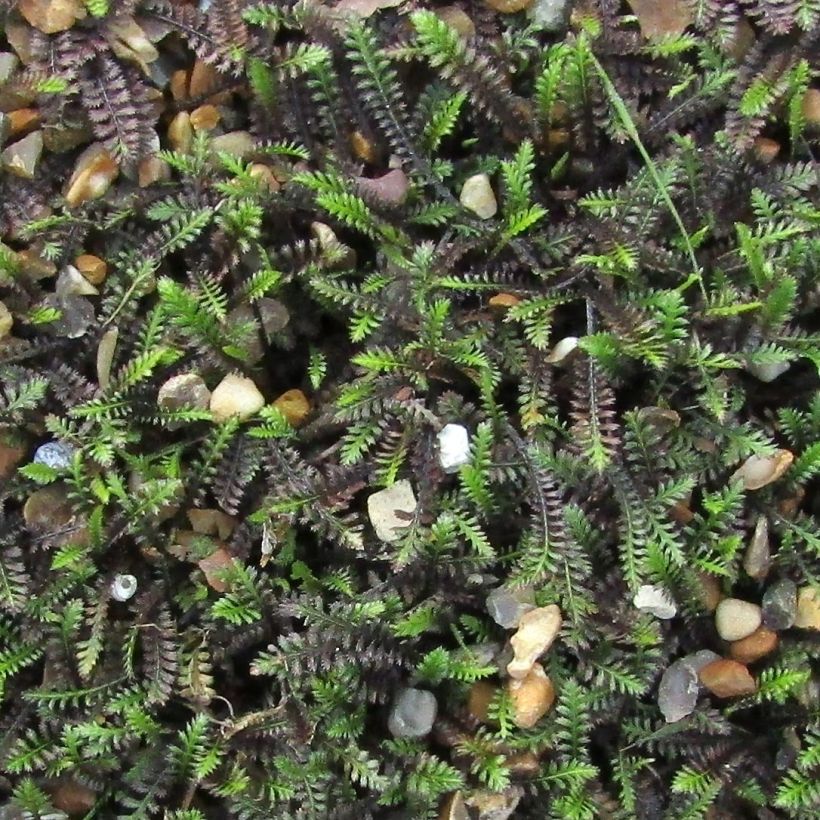



Flowering
Foliage
Plant habit
Botanical data
Leptinella
squalida
Asteraceae
Brass Buttons, New Zealand Brass Buttons
Cultivar or hybrid
Other Perennials A to Z
View all →Planting and care
To grow Leptinella plants, choose a moist, well-draining soil. It can also grow in poor soil that doesn't dry out too much in summer. Give it dappled sunlight or partial shade. You can improve drainage by adding gravel, pot shards, or coarse sand to the soil. Sandy-gravelly soil with a pH between 6.5 and 7.5 is best. Leptinella is a low-maintenance ground cover that needs water during prolonged dry periods. Water potted plants regularly.
Planting period
Intended location
Care
This item has not been reviewed yet - be the first to leave a review about it.
Similar products
Haven't found what you were looking for?
Hardiness is the lowest winter temperature a plant can endure without suffering serious damage or even dying. However, hardiness is affected by location (a sheltered area, such as a patio), protection (winter cover) and soil type (hardiness is improved by well-drained soil).

Photo Sharing Terms & Conditions
In order to encourage gardeners to interact and share their experiences, Promesse de fleurs offers various media enabling content to be uploaded onto its Site - in particular via the ‘Photo sharing’ module.
The User agrees to refrain from:
- Posting any content that is illegal, prejudicial, insulting, racist, inciteful to hatred, revisionist, contrary to public decency, that infringes on privacy or on the privacy rights of third parties, in particular the publicity rights of persons and goods, intellectual property rights, or the right to privacy.
- Submitting content on behalf of a third party;
- Impersonate the identity of a third party and/or publish any personal information about a third party;
In general, the User undertakes to refrain from any unethical behaviour.
All Content (in particular text, comments, files, images, photos, videos, creative works, etc.), which may be subject to property or intellectual property rights, image or other private rights, shall remain the property of the User, subject to the limited rights granted by the terms of the licence granted by Promesse de fleurs as stated below. Users are at liberty to publish or not to publish such Content on the Site, notably via the ‘Photo Sharing’ facility, and accept that this Content shall be made public and freely accessible, notably on the Internet.
Users further acknowledge, undertake to have ,and guarantee that they hold all necessary rights and permissions to publish such material on the Site, in particular with regard to the legislation in force pertaining to any privacy, property, intellectual property, image, or contractual rights, or rights of any other nature. By publishing such Content on the Site, Users acknowledge accepting full liability as publishers of the Content within the meaning of the law, and grant Promesse de fleurs, free of charge, an inclusive, worldwide licence for the said Content for the entire duration of its publication, including all reproduction, representation, up/downloading, displaying, performing, transmission, and storage rights.
Users also grant permission for their name to be linked to the Content and accept that this link may not always be made available.
By engaging in posting material, Users consent to their Content becoming automatically accessible on the Internet, in particular on other sites and/or blogs and/or web pages of the Promesse de fleurs site, including in particular social pages and the Promesse de fleurs catalogue.
Users may secure the removal of entrusted content free of charge by issuing a simple request via our contact form.
The flowering period indicated on our website applies to countries and regions located in USDA zone 8 (France, the United Kingdom, Ireland, the Netherlands, etc.)
It will vary according to where you live:
- In zones 9 to 10 (Italy, Spain, Greece, etc.), flowering will occur about 2 to 4 weeks earlier.
- In zones 6 to 7 (Germany, Poland, Slovenia, and lower mountainous regions), flowering will be delayed by 2 to 3 weeks.
- In zone 5 (Central Europe, Scandinavia), blooming will be delayed by 3 to 5 weeks.
In temperate climates, pruning of spring-flowering shrubs (forsythia, spireas, etc.) should be done just after flowering.
Pruning of summer-flowering shrubs (Indian Lilac, Perovskia, etc.) can be done in winter or spring.
In cold regions as well as with frost-sensitive plants, avoid pruning too early when severe frosts may still occur.
The planting period indicated on our website applies to countries and regions located in USDA zone 8 (France, United Kingdom, Ireland, Netherlands).
It will vary according to where you live:
- In Mediterranean zones (Marseille, Madrid, Milan, etc.), autumn and winter are the best planting periods.
- In continental zones (Strasbourg, Munich, Vienna, etc.), delay planting by 2 to 3 weeks in spring and bring it forward by 2 to 4 weeks in autumn.
- In mountainous regions (the Alps, Pyrenees, Carpathians, etc.), it is best to plant in late spring (May-June) or late summer (August-September).
The harvesting period indicated on our website applies to countries and regions in USDA zone 8 (France, England, Ireland, the Netherlands).
In colder areas (Scandinavia, Poland, Austria...) fruit and vegetable harvests are likely to be delayed by 3-4 weeks.
In warmer areas (Italy, Spain, Greece, etc.), harvesting will probably take place earlier, depending on weather conditions.
The sowing periods indicated on our website apply to countries and regions within USDA Zone 8 (France, UK, Ireland, Netherlands).
In colder areas (Scandinavia, Poland, Austria...), delay any outdoor sowing by 3-4 weeks, or sow under glass.
In warmer climes (Italy, Spain, Greece, etc.), bring outdoor sowing forward by a few weeks.
































